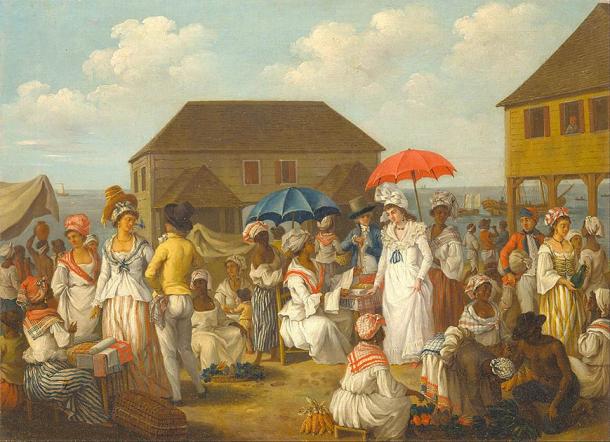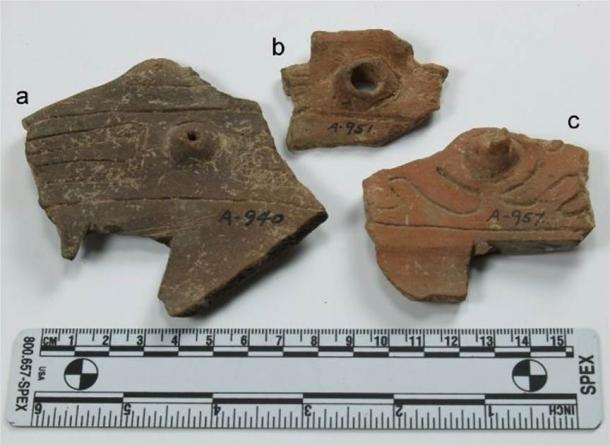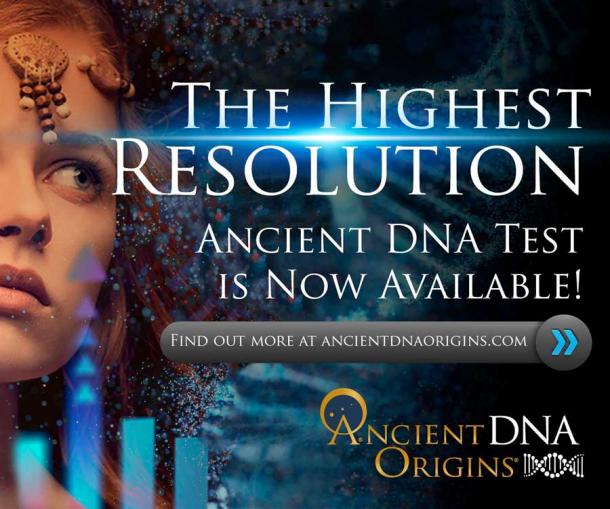
DNA Studies Reveals True Origins of First Inhabitants of the Caribbean
Archaeologists and anthropologists know that the Caribbean was one of the last parts of the Americas settled by humans, but a new study of DNA has revealed when, how, and where the original Caribbean inhabitants came from.
In October last year I wrote an Ancient Origins news piece about the discovery of stone cist graves on the Caribbean island of Saba which represented a cultural continuity from the burial practices of rural 17th century British settlers. But now, two new papers explain when humans first settled in the Caribbean and how they populated the islands.

Map of the Caribbean Sea and its islands. (Kmusser / CC BY-SA 3.0)
DNA Mapping Ancient Carib Origins
A new paper studying ancient DNA from the Caribbean, posted this week on bioRxiv, explains that the Caribbean has one of the most culturally diverse mixes of human beings on the planet, but it was one of the last places in the Americas to be occupied by people between 8000 and 5000 years ago. Where these early migrants came from has always been a mystery until this study of ancient DNA probed into the deep history of the Caribbean and the story discovered by the researchers is one of “migration and cultural mingling” revealing how descendants of the first inhabitants interacted with new waves of migrants who arrived about 2800 years ago.
Science Mag spoke to an archaeologist at the Museum of the Dominican Man and the Technological Institute of Santo Domingo in the Dominican Republic, that wasn’t involved the study, who said traditional models of Caribbean history are greatly influenced by the views of European colonizers who “erased the region ’s complexity and diversity”. But the new genetic work shows “the Caribbean was potentially always a mosaic of cultures, origins, and ancestries”.
- Caribbean Sea Makes Mysterious Whistle Sound that Can Be Heard from Space
- Found! The Deepest Link Between Siberians and the First Americans
- Shell Heap Shows Ancient Caribbean Children Helped With the Groceries [New Report]

European colonizers influenced traditional models of Caribbean history. (DcoetzeeBot / Public Domain)
DNA Testing In The Shadow Of Banana Trees
The archaeologists wrote in the bioRxiv paper that increasing agriculture and ceramic use represented a move from the Archaic Age to the Ceramic Age about 2500 years ago and aiming to further understand the history of Caribbean people, the researchers studied “genome-wide data from 184 individuals predating European contact from the Bahamas, Cuba, Hispaniola, Puerto Rico, Curaçao, and northwestern Venezuela”. The results of this DNA study revealed that a ceramic-using population had originated in northeastern South America, related to modern Arawak speaking groups, and that they had spread throughout the Caribbean islands at least 1800 years ago
The scientists writing in Science generated genome-wide data for 93 ancient Caribbean islanders dating between 3350-350 BC and evidence was discovered of at least three separate dispersals into the region, including two early dispersals into the Western Caribbean, one of which is perhaps associated with “radiation events” in North America.

Caribbean islanders. (Jan Arkesteijn / Public Domain)
The study also detected genetic differences between the early settlers and a later expansion from South America into the Caribbean, “with almost no evidence of admixture”. The researchers say their results add to our understanding of the initial peopling of the Caribbean and the movements of Archaic Age peoples in the Americas.
Charting The Movement Of Ancient Caribs
According to lead author of the study in Science, Dr. Kathrin Nägele, from the Max Planck Institute for the Science of Human History in Germany, the team documented “high mobility and inter-island connectivity throughout the Ceramic Age” which was reflected in relatives buried “46.6 miles (75 kilometers) apart in Hispaniola” and they found a low genetic differentiation across many other Caribbean islands. For example, the Bahamian islands showed a subtle population structure which was distinct from the rest of the Caribbean, and a long-term population continuity was found in southeastern coastal Hispaniola, the island that today includes Haiti and the Dominican Republic, which differentiated this region from the rest of the islands.
The researchers also determined that ceramic-associated people groups “avoided close kin unions despite limited mate pools” and it is thought that this represents low effective population sizes, even on the larger Caribbean islands. What’s more, transitions in pottery styles showed no evidence of migration waves of new people from mainland South America and this finding likely “reflects the spread of ideas and people within an interconnected Caribbean world”.

Ancient ceramic pieces excavated from the Caribbean. (National Park Service / Public Domain)
Hannes Schroeder, an ancient DNA researcher at the University of Copenhagen, told Science Mag, “It ’s rare to see so little genetic mixing between groups once they meet, and we need more individuals from those crucial places in order to really have an idea as to how widespread [this genetic mixing] was”.
Top image: The first waves of Caribbean inhabitants were diverse. Source: pxfuel / Public Domain.
By Ashley Cowie
















